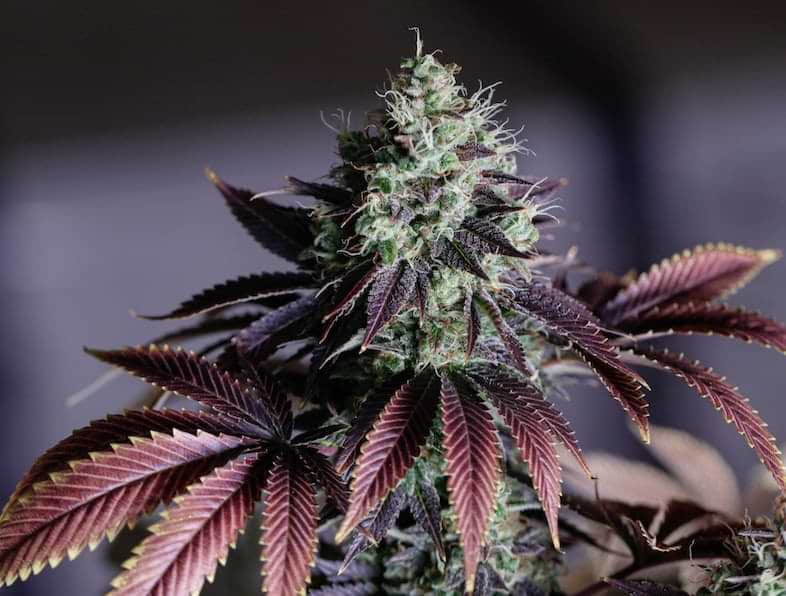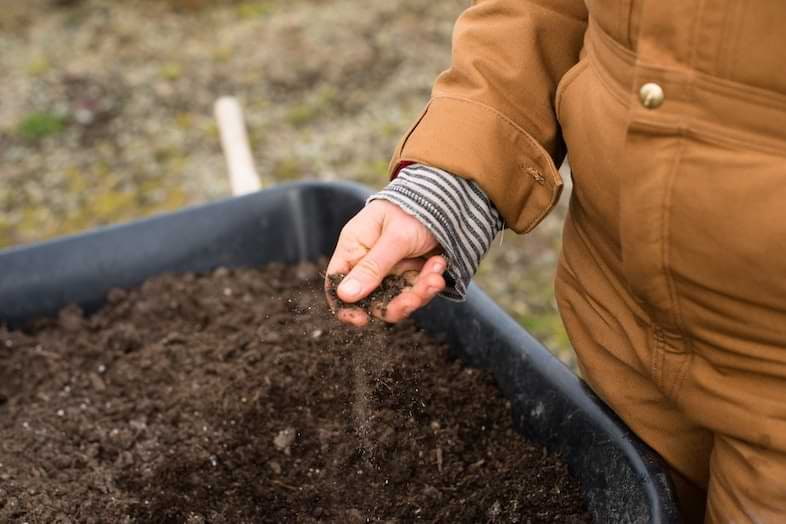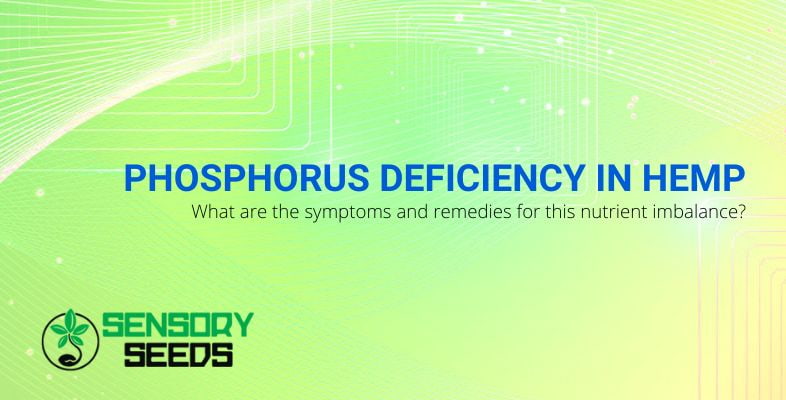Modified on: 21/09/2022
Here’s how to recognise one of the most problematic deficiencies for cannabis plants
Hemp is a plant with a thousand properties that capture the interest of many people, including enthusiasts who regularly buy collectable marijuana seeds on Sensoryseeds. Although the cultivation of hemp is illegal – except for a few exceptional cases – many plant fans are curious about the problems inherent in this practice.
This article will discuss the importance of phosphorus for hemp, the causes and signs of phosphorus deficiency and possible solutions.


How to recognise phosphorus deficiency
Phosphorus is one of the essential nutrients in hemp: these are its main functions.
In both the vegetative phase – which begins when cannabis seeds are brought to germination – and the flowering phase, cannabis plants need various nutrients to grow healthy. The most important of these include manganese, calcium, magnesium, potassium and phosphorous.
This element is crucial to cannabis as to many other plants, as it performs vital functions. In addition to being essential for photosynthesis, phosphorus plays a primary role in developing hemp at every stage. It strengthens branches and roots, contributes to the production of proteins and other structures, and encourages the formation of inflorescences and seeds. In addition, proper phosphorous supply preserves the quality and health of shrubs by increasing their disease resistance.
In short, it is a mineral that should never be lacking in hemp cultivation. However, it can happen that the plants do not receive or fail to assimilate the right amount of phosphorous, with consequences that compromise their development and sometimes their survival.
Fortunately, phosphorus deficiency in cannabis manifests itself in rather apparent symptoms. So let’s see what they are.
Read also: Cannabis milk: how it is prepared and what its effects are
Signs indicating a possible phosphorus deficiency and possible causes
When a hemp plant starts to suffer the effects of an insufficient supply of phosphorus, it is mainly noticeable in the leaves, especially the older ones. Which are these leaves? Those located in the lower part of the plant. Dark green, bluish or purple spots begin to appear on them. In addition to changing colour, the leaves tend to stiffen and shrivel. The stems may also show signs of distress by turning reddish.
Often, there is a tendency to attribute phosphorous deficiency to insufficient or inadequate fertilisation, but in truth, the causes of such a situation can be several. Certainly, fertilising the soil in which the plants are grown with fertilisers that do not contain the right amount of phosphorous is one; however, before drawing hasty conclusions, other possible triggering factors should be ruled out.
One of the most frequent is a pH level outside the ideal parameters. Hemp needs a pH of between 6.2 and 7.0 (in the case of hydroponics, between 5.5 and 6.2). Otherwise, it cannot correctly assimilate phosphorous and other vital nutrients. Temperature can also lead to imbalances in the phosphorous levels of cannabis; below 15°C. As a result, the plants may struggle to absorb the correct amounts of this and other elements. The same happens when minerals and salts in the substrate accumulate on the roots.
Faced with these scenarios, one needs to know what to do to resolve the situation and take care of the plants.


How to remedy phosphorus deficiency in hemp
If following the appearance of typical signs of phosphorous deficiency, it becomes apparent that the pH of the soil is not correct. The action to be taken is to restore it as soon as possible. In some cases, it can be helpful to change the substrate, but also to resort to a flush, i.e. washing the soil and the plant roots with a large quantity of pH-balanced water. This can rebalance the pH and remove excess salts and minerals from the roots.
When, on the other hand, temperatures are not optimal, it is essential to take steps to ensure that plants do not see their development and growth impaired.
In the absence of other conditions that could hinder the assimilation of phosphorous, a deficiency can only be due to its low presence in the soil. Therefore, the solution to be adopted is to use a fertiliser with a good concentration of this mineral while avoiding reversing the situation and giving excess phosphorous to the plants.
Another proper precaution: water the plants appropriately, without overdoing it. Too much water could cause problems for the roots, impairing their ability to assimilate the nutrients in the soil and – even – causing them to rot.
Read also: Butane extraction: the risks of this method for the production of BHO
In conclusion
Phosphorous is an essential element for hemp and its cultivation. However, if you regularly purchase feminized, fast-flowering and autoflowering seeds on our site, remember that their germination could result in plants with a high THC (active psychotropic ingredient) content; sowing them is therefore illegal.
Our seeds are sold exclusively for collection purposes. Discover all the qualities available at SensorySeeds!









